MYTH v FACT
Myths and Facts About Self-Defense:
Myth 1: Self-defense techniques are only effective if you are physically strong.
Fact: While physical strength can be advantageous, self-defense is not solely reliant on brute force. Techniques such as leverage, timing, and using an attacker's momentum can be more effective than sheer strength. Self-defense training focuses on leveraging your body mechanics, utilizing proper technique, and maximizing your advantages to overcome an attacker.
Myth 2: Carrying a weapon guarantees your safety in self-defense situations.
Fact: Carrying a weapon, such as pepper spray or a firearm, can provide a sense of security. However, it's essential to remember that weapons require proper training and responsible usage. Simply having a weapon does not guarantee your safety. Improper use or mishandling of weapons can escalate the situation or even be used against you. Self-defense training should encompass both armed and unarmed techniques to develop a well-rounded skill set.
Myth 3: Self-defense is all about physical techniques.
Fact: While physical techniques are an integral part of self-defense, it is a holistic concept that involves mental, emotional, and situational aspects as well. Awareness, prevention, and de-escalation strategies play crucial roles in self-defense. Understanding how to recognize and avoid potential threats, practicing assertiveness and boundary-setting, and developing situational awareness are equally important for personal safety.
Myth 4: Only women need self-defense training.
Fact: Self-defense training is valuable for everyone, regardless of gender. While statistics show that women are more often targeted for certain types of crimes, self-defense skills are beneficial for people of all genders. Self-defense training empowers individuals to protect themselves, build confidence, and develop a proactive mindset towards personal safety.
Myth 5: Self-defense techniques are complicated and take years to learn.
Fact: While mastering self-defense requires practice and commitment, basic techniques can be learned relatively quickly. Self-defense training programs are designed to teach practical and effective techniques that can be applied in real-life situations. Even a few sessions of training can provide valuable skills and knowledge that can make a significant difference in personal safety.
Myth 6: Fighting back is always the best option in self-defense.
Fact: While self-defense aims to protect oneself, it is important to assess each situation individually. Sometimes, the best option may be to escape, de-escalate, or find a safe opportunity to seek help. Self-defense training emphasizes making split-second decisions based on the circumstances, prioritizing personal safety, and avoiding unnecessary risks.
Myth 7: Self-defense is only for physical confrontations.
Fact: Self-defense extends beyond physical confrontations. It includes recognizing and avoiding potentially dangerous situations, securing your home, protecting personal information, and practicing cyber safety. Self-defense encompasses a proactive and comprehensive approach to personal safety in various aspects of life.
Remember, self-defense is a multifaceted discipline that involves knowledge, awareness, and practical skills. Seeking proper training from qualified instructors and maintaining a proactive mindset are key factors in effectively protecting yourself in different situations.

